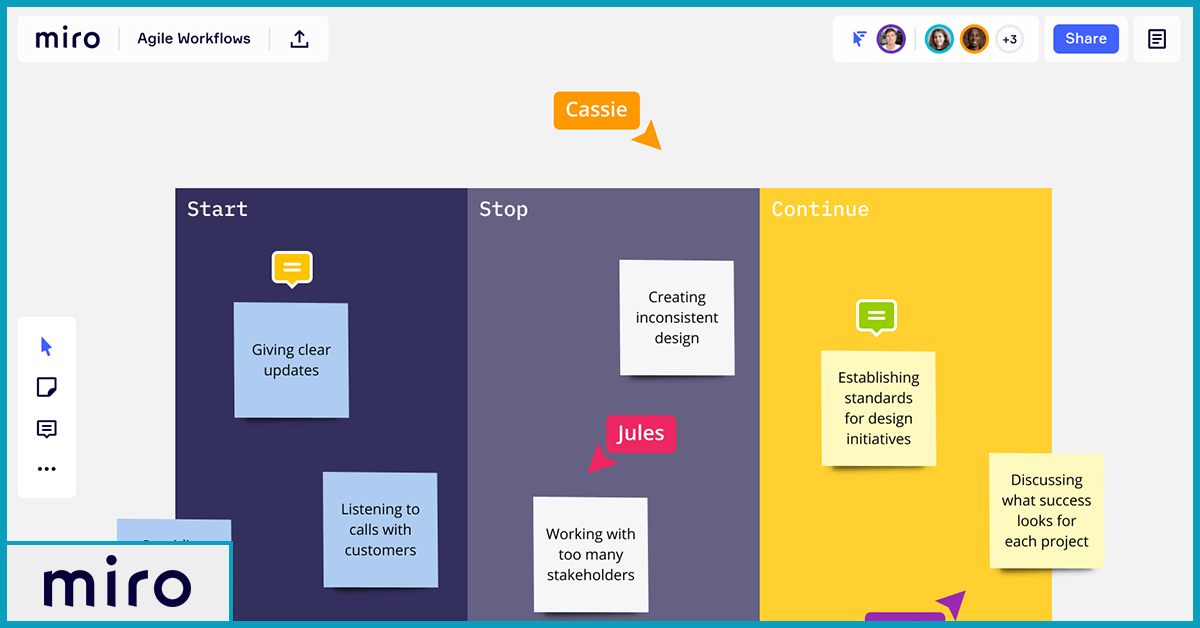

People were thinking about us as an online whiteboard.īut then when we started to communicate our product value top-down. We saw adoption of like tens or even hundreds of users that brought products in on their own. At that time, RealtimeBoard was the first name for Miro. So now the CIOs understand the direction of what their teams need.įor the first several years, Miro was adopted bottom-up. Two, three years ago CIOs of organizations were not thinking of this type of product, and now it’s definitely changed. We call it the joy of mutual understanding when they see the same thing.ĭefinitely, the market has evolved. And it's way easier for people to understand each other and to get to this "aha" moment. We thought there might be a missing piece and that missing piece is visual collaboration where people co-create and collaborate in a visual way, because a picture paints 1000 words. Zoom was building for video communication. Every person in an organization can communicate their ideas, their thoughts visually and co-create things together.Īt that time, Slack was going for wall-to-wall messaging within organizations, Microsoft Teams started to arise and penetrate the market. Several years ago, we pioneered this visual collaboration platform, and the idea was to build a product that can serve users in the organization wall to wall. Along the journey, we adjusted our vision.

We started the company 10 years ago with a very simple idea of bringing the whiteboard into a browser. How is the Miro of today different from the Miro of 2011, when you helped found the company? This interview has been condensed and edited for clarity. Protocol chatted with Khusid about Miro’s transformation from “just a whiteboard” to a visual collaboration platform, its focus on meetings and its role in the workplace. The company reports its users have grown from 5 million to 30 million since April 2020. CEO Andrey Khusid said Miro’s never been “focused on how much the company’s valued, we were focused on the value we create for users.” But it’s hard not to shout from the rooftops about a $400 million funding round and a $17.5 billion valuation. Miro has kept its financial metrics under wraps since the beginning of the pandemic in April 2020, when the company was worth $725 million post-money. AirTable reached decacorn status at $11.7 billion last month.
#MIRO WHITEBOARD SERIES#
ClickUp, another productivity platform, also raised $400 million: At the time, it was one of the biggest series C funding rounds in the workplace productivity market ever. Workplace tools like Miro have surged in popularity through the pandemic, and investors have taken notice. As we ease into 2022, productivity apps still can’t stop making money. The company recently raised $400 million in its series C funding round. Whiteboard tool Miro announced today that it has joined the unicorn ranks with a $17.5 billion post-money valuation.


 0 kommentar(er)
0 kommentar(er)
